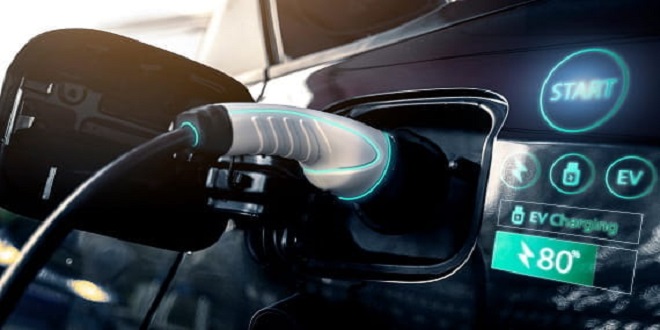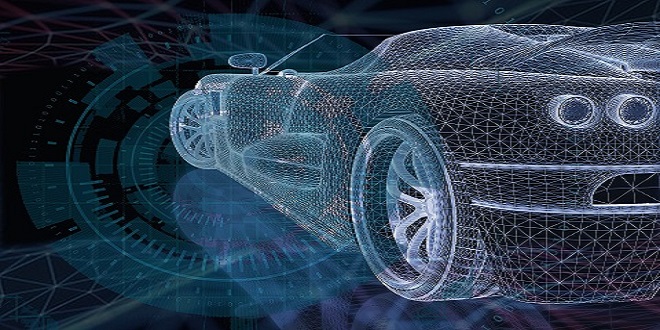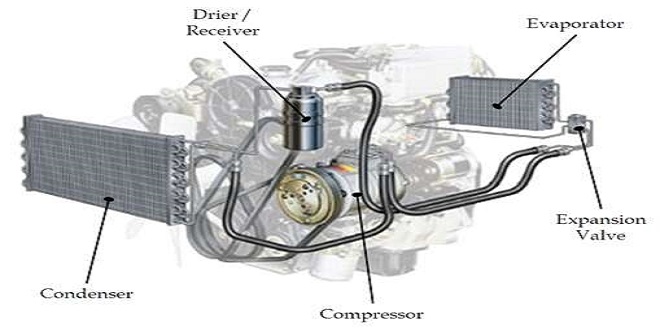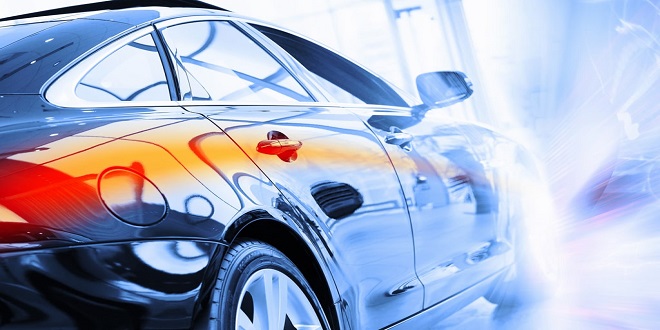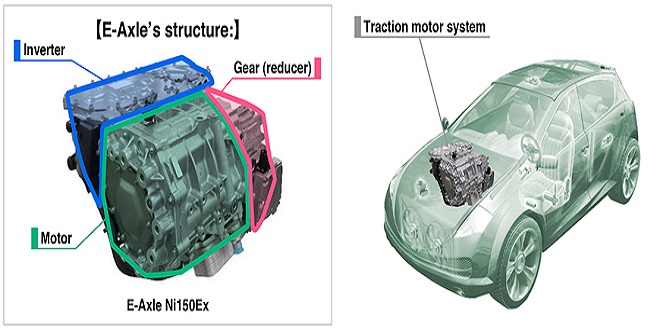Air conditioning overview Other heating systems
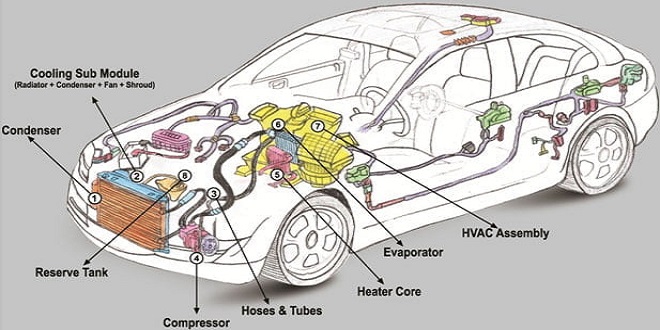
The operation of the system is a continuous cycle. The compressor pumps low pressure but heat-laden vapor from the evaporator compresses it and pumps it as a super-heated vapor under high pressure to the condenser. The temperature of the refrigerant at this stage is much higher than the outside air temperature, hence it gives up its heat via the fins on the condenser as it changes state back to a liquid
This high-pressure liquid is then passed to the receiver-drier where any vapor which has not yet turned back to a liquid is stored, and a desiccant bag removes any moisture (water) that is contaminating the refrigerant. The high-pressure liquid is now passed through the thermostatic expansion valve and is converted back to a low-pressure liquid as it passes through a restriction in the valve into the evaporator.
This valve is the element of the system that controls the refrigerant flow and hence the amount of cooling provided. As the liquid changes state to a gas in the evaporator, it takes up heat from its surroundings, thus cooling or ‘unseating’ the air that is forced over the fins. The low-pressure vapor leaves the evaporator returns to the pump,
The ECU takes information from all of the above sources and will set the system in the most appropriate ate manner as determined by the software. Control of the flaps can be either by solenoid-controlled vacuum actuators or by small motors.
The main blower motor is controlled by a heavy-duty power transistor and is constantly variable. These systems are able to provide a comfortable interior temperature when exterior conditions range from 0 to 35 ° C even in extreme sunlight
Seat heating
The concept of seat heating is very simple. A heating element is placed in the seat, together with an on-off switch and control to regulate the heat. However, the design of these heaters is more complex than first appears.
Automatic temperature control
Full temperature control systems provide a comfortable interior temperature in line with the passenger-controlled input. The electronic control unit has full control of fan speed, air distribution, air temperature, fresh or recirculated air, and the air conditioning pump. These systems will soon be able to control automatic demist or defrost when reliable sensors are available. A single button will currently set the system to full defrost or demist.
Air conditioning – Rover
The compressor shown in is belt driven from the engine crankshaft and it acts as a pump circulating refrigerant through the system. The compressor shown is a piston and reed valve type. As the refrigerant is drawn into the cylinder due to the action of the piston, the outlet valve is closed due to the pressure. When the piston begins its compression stroke the inlet reed valve closes and the outlet opens.
Last word
In relation to heating and air conditioning systems, discuss why the temperature and climate settings in a vehicle may need to be changed under different external conditions to achieve the same ‘perceived or ideal’ feeling of comfort. Draw a block diagram of the system and add appropriate comments as to how this ‘ideal’ effect could be achieved.

